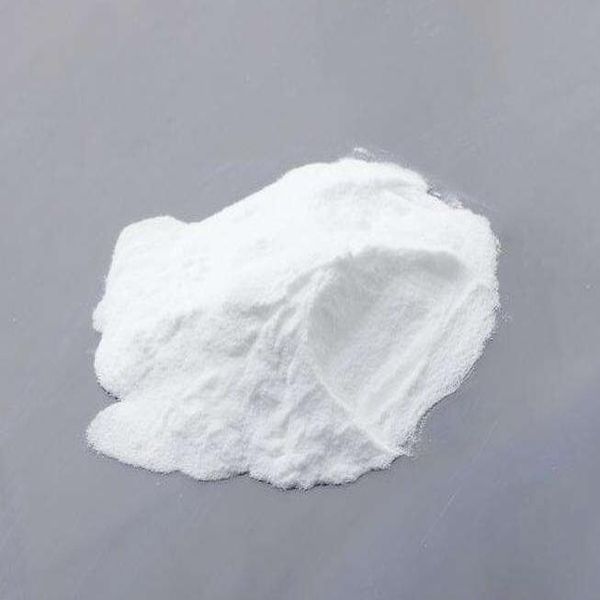Etamsylate (CAS: 2624-44-4) is also known as hemostatic. Its chemical name is 2,5-dihydroxybenzenesulfonic acid diethylamine salt. Phenylsulfonamide works by promoting the blood clotting process. It can increase the number of platelets in the blood, enhance its aggregation and adhesion, and promote the release of coagulation substances to accelerate blood coagulation. Clinically used to prevent and treat excessive bleeding in surgical operations, thrombocytopenic purpura or allergic purpura and other causes of bleeding. Pharmacokinetic studies have shown that fenfenamide can increase the number of platelets, enhance the aggregation and adhesion of platelets, and promote the release of coagulation active substances, thereby producing hemostatic effects. Its effect is rapid, and the effect is strongest after 1 hour of intravenous injection, generally Can be maintained for 4 to 6 hours. This product is suitable for the prevention and treatment of surgical bleeding, thrombocytopenic purpura or allergic purpura and other causes of bleeding, such as cerebral hemorrhage, gastrointestinal bleeding, urinary tract bleeding, fundus bleeding, gum bleeding, nasal epistaxis, etc. Use with other hemostatic drugs such as aminotoluic acid and vitamin K.
This product has low toxicity and has been widely used in clinics in China. At present, the production method of fensulfonamide in the market is the benzoquinone method, in which the benzoquinone method is to pass sulfur dioxide into a solution of diethylamine, ethanol and water to first prepare diethylamine sulfite salt, and then to P-benzoquinone is added to the diethylamine sulfite salt solution. After the reaction is completed, the ethanol is distilled under reduced pressure. After cooling, the crude product is precipitated. Sodium bisulfite and activated carbon are added to the water or dilute ethanol to decolorize and refine the product. The disadvantages of this process are: : Due to the incomplete reaction of p-benzoquinone and the high solubility of phensulfonamide in water and ethanol, the product yield is low, generally not more than 40%, and the price of p-benzoquinone is relatively high. The use of sulfur dioxide has tail gas Absorption and other problems, in addition to the market, chlorosulfonic acid is used as a sulfonating agent. Before sulfonation, hydroquinone and organic solvents are azeotropically dehydrated to anhydrous, but this method uses organic solvents, which pollutes the environment. The hydrogen chloride gas produced during the chemical reaction pollutes the environment.
Post time: May-20-2020
